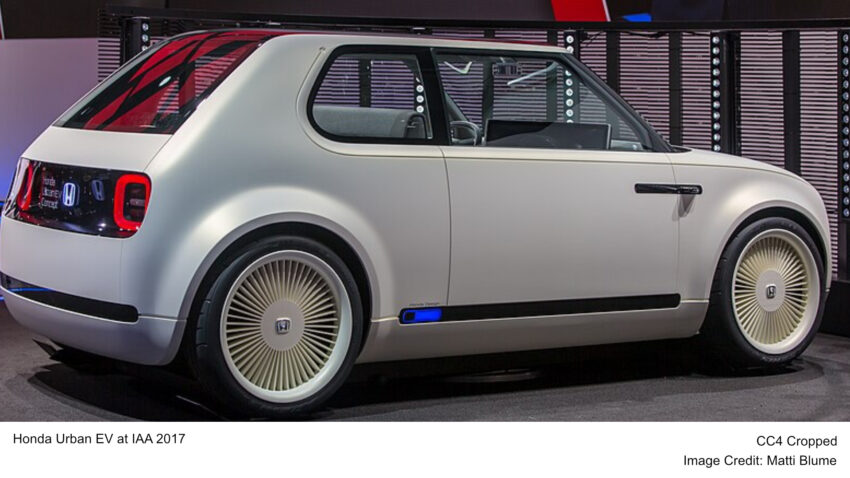Japanese automotive titans Honda and Nissan have announced their intention to merge, a move expected to create the world’s third-largest automaker by sales. This ambitious plan comes as the automotive industry experiences significant changes, particularly with the shift toward electric vehicles (EVs).
- Strategic Merger: Honda, Nissan, and Mitsubishi aim to merge into a $50 billion entity to create the world’s third-largest automaker by sales, focusing on the competitive EV market.
- Market Impact: The merged company would produce eight million vehicles annually, trailing only Toyota and Volkswagen, and listing on the Tokyo Stock Exchange by 2026.
- Industry Challenges: Nissan faces financial and reputational hurdles, while Honda grapples with profit declines in China; the merger seeks to address cost-cutting and innovation needs.
- Future Goals: The companies plan to pool resources for EV production and autonomous driving tech to bolster competitiveness in a rapidly evolving industry.
Honda and Nissan signed a memorandum of understanding to merge, with smaller Nissan alliance partner Mitsubishi Motors also joining discussions. Reports from sources including Bloomberg noted that the merger aims to help these companies catch up in the EV sector, where they have lagged behind competitors like Tesla and China’s BYD.
The proposed merger could result in a company valued at over $50 billion, based on the combined market capitalization of Honda, Nissan, and Mitsubishi. Honda’s President, Toshihiro Mibe, stated that the companies plan to create a joint holding company under Honda’s leadership, maintaining each brand’s identity. The goal is to finalize the agreement by June and list the holding company on the Tokyo Stock Exchange by August 2026. However, Mibe acknowledged that uncertainties remain, and the merger’s success is not guaranteed.
The merger would enable Honda, Nissan, and Mitsubishi to produce about eight million vehicles annually, positioning them behind industry leaders Toyota and Volkswagen, which produced 11.5 million vehicles in 2023. Honda manufactured four million vehicles, Nissan 3.4 million, and Mitsubishi just over one million that year.
The merger reflects a broader trend of consolidation in the automotive industry, driven by the need to cut costs and adapt to the growing demand for EVs. The three companies had previously agreed to share components for electric vehicles and jointly research autonomous driving technologies.
Nissan has faced significant challenges, including a scandal involving its former chairman Carlos Ghosn, who was arrested in 2018 on charges of fraud. Ghosn denies these allegations and has since fled to Lebanon. Despite these hurdles, Nissan plans to leverage its experience in building batteries and electric vehicles to benefit the merged entity.
Nissan’s CEO, Makoto Uchida, expressed optimism about the merger, stating that the integration could deliver greater value to a broader customer base. However, Uchida also noted Nissan’s financial struggles, which led to a recent downgrade in its credit outlook by Fitch Ratings. The company announced job cuts and production capacity reductions after reporting a quarterly loss of $61 million.
Despite these challenges, the merger news positively impacted the stock market. Nissan’s shares rose by 1.6%, while Honda’s shares surged by 3.8%. Honda’s net profit, however, fell nearly 20% in the first half of the fiscal year, partly due to declining sales in China.
Japan’s Cabinet Secretary Yoshimasa Hayashi emphasized the need for Japanese companies to remain competitive in the rapidly changing market. As the automotive industry evolves, mergers like this may become more common as companies strive to stay relevant and competitive.

